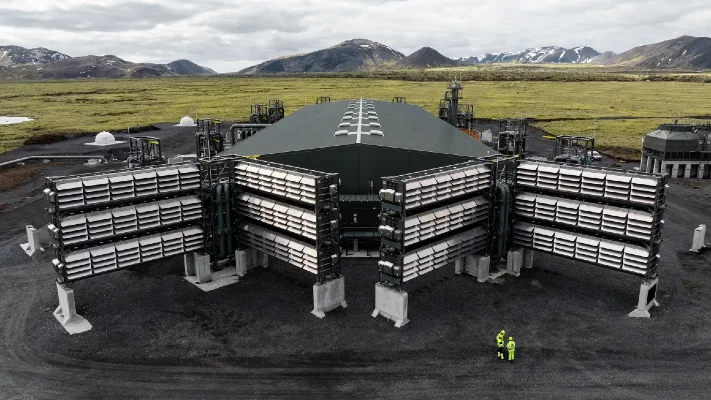In a groundbreaking development in Iceland, the world’s largest facility designed to extract carbon pollution from the atmosphere, dubbed “Mammoth,” has commenced operations. This massive plant, developed by Swiss company Climeworks, stands as a monumental leap in direct air capture technology.
Giant Strides in Carbon Capture
“Mammoth” surpasses its predecessor, “Orca,” in both size and capacity, being ten times larger and significantly more ambitious. The plant utilizes advanced technology to absorb air and chemically strip out carbon dioxide, which is then securely stored underground or converted into solid products. In partnership with Icelandic firm Carbfix, Climeworks aims to transform the captured carbon into rock, ensuring its permanent removal from the atmosphere.
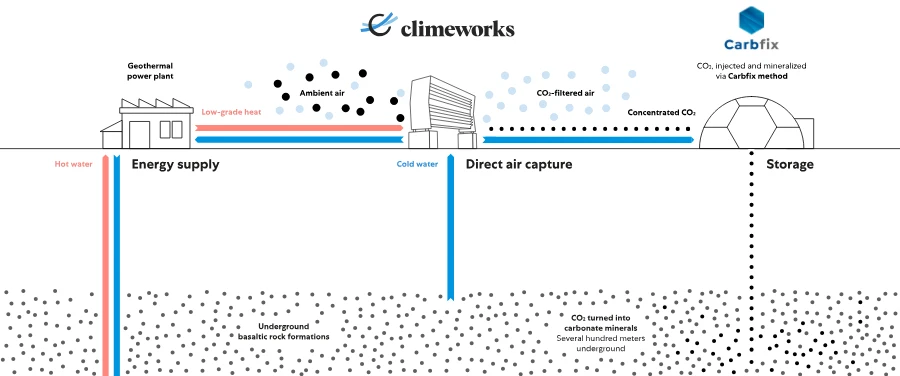
Powering Up with Geothermal Energy
The entire operation is powered by Iceland’s abundant geothermal resources, showing the project’s commitment to sustainability. The plant’s strategic use of renewable energy sources highlights a promising pathway for future climate mitigation technologies.
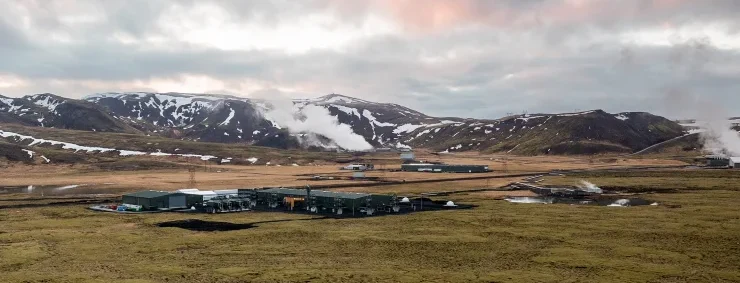
The Controversy and the Potential
Despite its innovative approach, direct air capture faces scrutiny over its cost, energy requirements, and overall efficacy on a global scale. Critics argue that such technologies may divert attention from necessary reductions in fossil fuel usage. “This technology is fraught with uncertainties and ecological risks,” expressed Lili Fuhr, director of the fossil economy program at the Center for International Environmental Law.
Nevertheless, Climeworks’ “Mammoth” is designed to capture 36,000 tons of carbon annually once fully operational—equivalent to removing approximately 7,800 gas-powered cars from the roads each year. The company acknowledges current costs are high but aims to reduce expenses significantly by 2030.
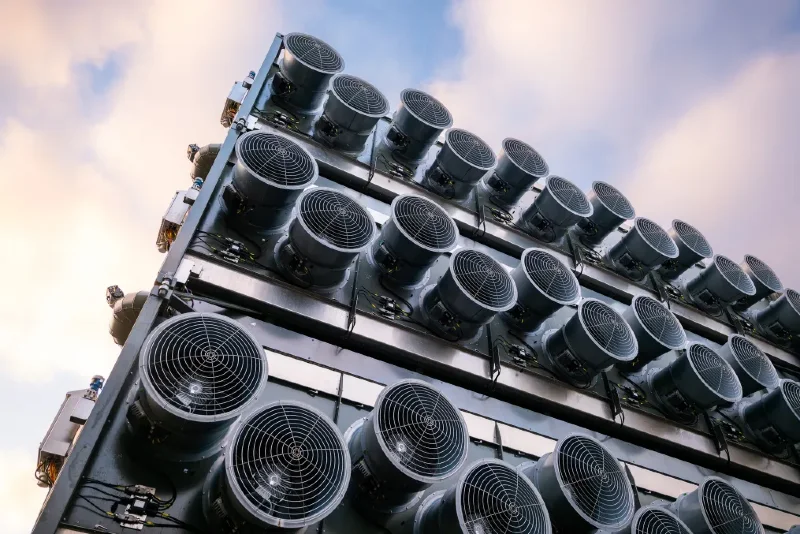
Climeworks hasn’t disclosed the exact cost per ton of carbon removed by its Mammoth plant but indicated that the price is closer to \$1,000 than \$100 per ton. The $100 per ton mark is widely regarded as a critical threshold for making the technology economically viable on a large scale. However, Climeworks is optimistic about reducing costs significantly in the near future.
Co-founder and co-CEO Jan Wurzbacher stated that the company aims to lower the cost to between $300 and $350 per ton by 2030, with a long-term goal of reaching $100 per ton by 2050. These financial targets are essential for the scalability and sustainability of the technology as it seeks to make a substantial impact on global carbon levels.
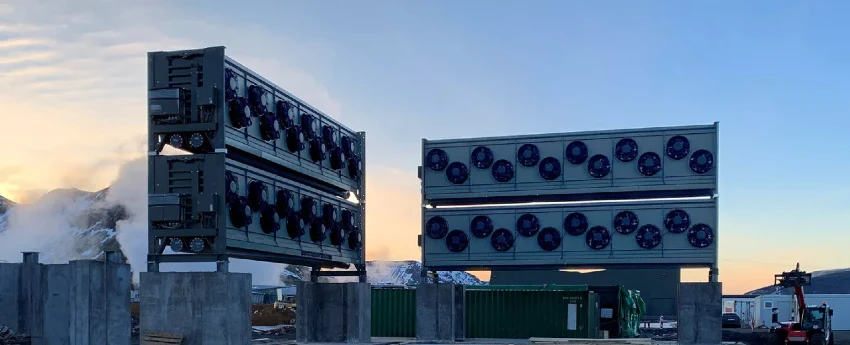
A Modest Contribution Amid Monumental Needs
While “Mammoth” marks significant progress, experts like Stuart Haszeldine, a professor of carbon capture and storage at the University of Edinburgh, remind us that it represents only a fraction of what is necessary to combat global climate challenges.

The International Energy Agency estimates that to meet 2030 climate objectives, the world needs facilities capable of removing 70 million tons of carbon per year—a stark contrast to current capabilities.
More To Discover
- Beneath Our Feet: Earth’s Busiest Habitat Is In Danger
- Global Shifts in Nuclear Power: China and Russia Are Outpacing Everyone Else
- Hottest Year in 125,000 Years, Yet #ClimateScam Trends: Why Climate Change Denial Persists Despite Overwhelming Evidence
- Pioneering Anti-Aging Pill for Dogs Begins Trials, with 11-Year-Old Whippet Boo Leading the Pack
Future Plans and Global Aspirations
Climeworks has ambitious plans to expand its carbon removal capacity to 1 million tons per year by 2030 and 1 billion tons by 2050. With potential new plants in Kenya and the United States, the company is poised to play a crucial role in global efforts to reduce atmospheric carbon levels.
As the debate over the role of technology in climate strategy continues, Iceland’s new “climate vacuum” stands as both a beacon of potential and a topic of rigorous discussion in the ongoing fight against global warming.







